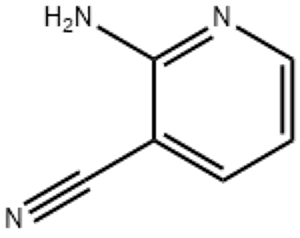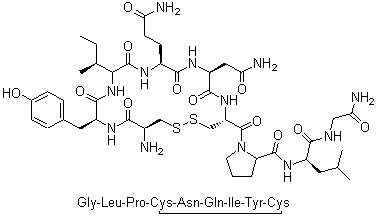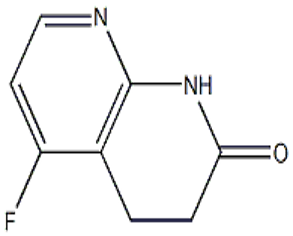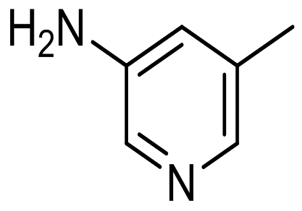2-Amino-3-cyanopyridine(CAS# 24517-64-4)
| Risk Codes | R20/21/22 – Harmful by inhalation, in contact with skin and if swallowed. R36/37/38 – Irritating to eyes, respiratory system and skin. R41 – Risk of serious damage to eyes R22 – Harmful if swallowed |
| Safety Description | S26 – In case of contact with eyes, rinse immediately with plenty of water and seek medical advice. S36/37/39 – Wear suitable protective clothing, gloves and eye/face protection. |
| UN IDs | 3439 |
| WGK Germany | 3 |
| HS Code | 29333990 |
| Hazard Note | Harmful |
| Hazard Class | 6.1 |
| Packing Group | III |
Introduction
2-Amino-3-cyanopyridine is an organic compound whose structural formula is C6H5N3. The following is a description of its nature, use, preparation and safety information:
Properties: 2-Amino-3-cyanopyridine is a solid, usually white or light yellow crystalline. It is relatively stable at room temperature and has low solubility in water.
Purpose: 2-Amino-3-cyanopyridine can be used as an important raw material and intermediate in organic synthesis. It is often used to synthesize a variety of biologically active compounds, such as drugs, pesticides and dyes. In addition, it is also widely used in the synthesis of metal phthalocyanine dyes and the preparation of heterocyclic compounds.
Preparation method: 2-Amino-3-cyanopyridine is usually prepared by using benzaldehyde as a starting compound and going through a series of synthetic steps. A commonly used method is the reaction of benzaldehyde with aminoacetonitrile under acidic conditions to form 2-Amino-3-cyanopyridine.
Safety information: When using and operating 2-Amino-3-cyanopyridine, the following safety precautions should be paid attention to: It may irritate the eyes, skin and respiratory tract, so direct contact should be avoided during operation. It should be used in a well-ventilated place and avoid inhaling its dust. At the same time, during handling and storage, avoid contact with harmful substances such as oxidants, strong acids and strong bases to avoid possible dangerous reactions. When handling this compound, safety procedures should be strictly observed. If it is taken by mistake or inhaled by mistake, seek medical attention in time.








